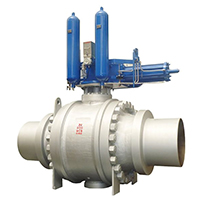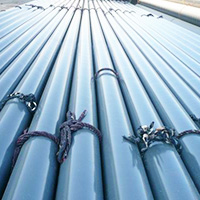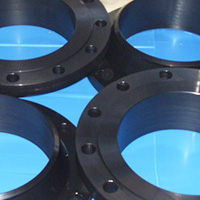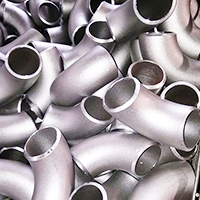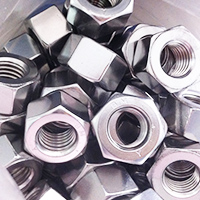How to carry out valve Anti-corrosion?
1, In the production practice, the corrosion of the medium is very complex, even if the valve material used in a medium is the same, the concentration, temperature and pressure of the medium are different, and the corrosion of the medium to the material is not the same. Every 10℃ increase in the temperature of the medium, the corrosion rate is about 1~3 times.
2,Medium concentration has a great impact on valve material corrosion, such as lead in small concentration of sulfuric acid, corrosion is very small, when the concentration exceeds 96%, the corrosion rises sharply. On the contrary, the corrosion of carbon steel is more serious when the sulfuric acid concentration is about 50%. When the concentration increases to more than 6%, the corrosion decreases sharply.
Aluminum is very corrosive in concentrated nitric acid with a concentration of more than 80%, but it is more corrosive in medium and low concentration nitric acid. Although the corrosion resistance of stainless steel to dilute nitric acid is very strong, but in more than 95% concentrated nitric acid corrosion aggravate.
Use non-metallic materials
Non-metal corrosion resistance is excellent, as long as the use of the valve temperature and pressure meet the requirements of non-metal materials, not only can solve the corrosion problem, but also can save precious metals.
Valve body, valve cover, lining, sealing surface and other commonly used non-metallic materials, as for the gasket, packing is mainly made of non-metallic materials.
Use polytetrafluoroethylene, chlorinated polyether and other plastics, as well as natural rubber, neoprene rubber, butadiene rubber and other rubber do valve lining, and the body of the valve cover is made of general cast iron, carbon steel. Not only to ensure the strength of the valve, but also to ensure that the valve from corrosion.


- DIN Spiral Wound Gasket, Size 16 inch, Pressure: CL150; Carbon Steel Out Ring and SS304 Inner Ring with Graphite; RF Flange, ASME B16.20

- Elbow 90 Deg LR, Size 8 Inch, Wall Thickness : Schedule 10S, Butt Weld End, ASTM A403 WP 304L,Standard ASME B16.9

